Wine bottle, the bigger the better?
We review the different formats that can be found on the market and how they affect the wine

This is the wine's identity card, the place where some of its characteristics and the legal aspects that affect it are detailed. In it we can usually find the distinctive seal of the wine, the name of the winery, the denomination of origin, the vintage, the alcoholic strength and the volume contained. Nowadays it is less frequent, but in the past it also used to contain the bottling, health and export registers. Now all this more technical information is usually on the back of the bottle, commonly known as the "back label".
It is most common to find paper or plastic labels, although it is also quite common nowadays to see bottles in which the information relating to the name of the wine, winery, vintage, etc., is silk-screened on the glass of the bottle.
Other fields that are very common on labels refer to the grape variety -especially in the case of single-varietal wines- and also to the place where the grapes come from, as in the case of "Vinos de Pago" or in others that are not, but refer to the property: the estate, clos (a term borrowed from Burgundy), domain, plot, among others. All these terms are strongly regulated through the Denominación de Origen, so the winery has had to prove to its Regulatory Board that the grapes come from the place indicated on the label. It is also not uncommon to see in some limited edition wines the numbering of that bottle in relation to the total production of the wine. And, of course, the awards: many wineries choose to include on the label the awarding of medals to that particular wine in national or international competitions or outstanding scores in the most prestigious guides, including, in many cases, the Peñín Guide.
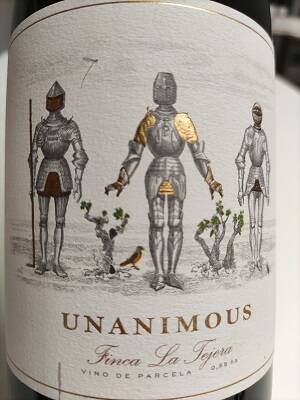
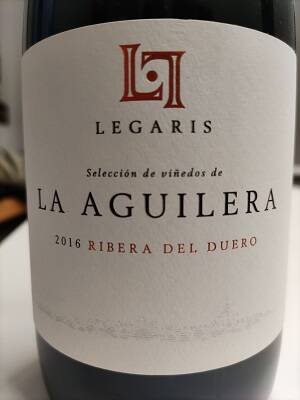
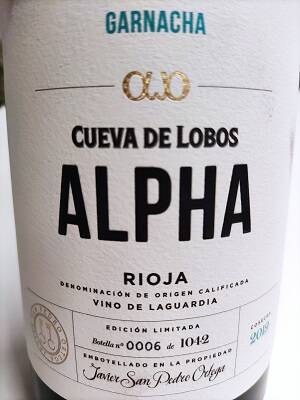
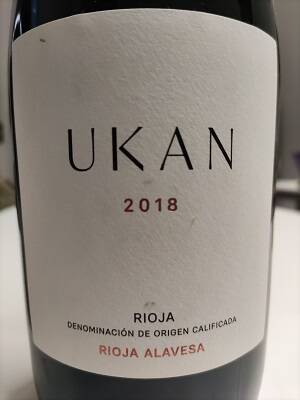
Some examples of wine labels
The vintage, of course, indicates the year in which the grapes were harvested. This information helps us to identify the possible characteristics of that particular wine according to the climatic circumstances that the vineyard suffered that year. There are specific terms that refer to the type of bottled wine, mentions such as "oloroso", "amontillado", "vino de solera", all of these terms indicate the type of product contained inside. Generally, these are traditional terms that are well regulated by each Regulatory Board. The front labels also usually indicate whether the wine obeys some other traditional ageing term, such as the famous categories of oak, Crianza, Reserva or Gran Reserva.
The back label is used differently by wineries. There is relevant information that appears on virtually all of these labels, such as the details of the producer, volume, alcoholic strength, registration numbers, bar code, and growing area. On the back of the bottle is where we will usually find the seal or strip of the Denominación de Origen to which each wine belongs. The seals of the regulatory boards also contain relevant information, such as the vintage, or specific labels for young wines, Crianza, Reserva or C.V.C. "mix of several vintages".
Some winemakers take advantage of the space on the back label to put more poetic information about the virtues of the wine or the house that makes it. There are even those who advise the most appropriate pairing for the wine or the temperature at which it should be consumed.
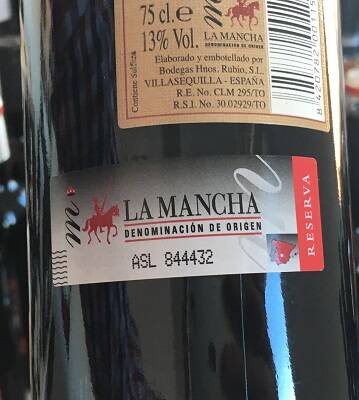
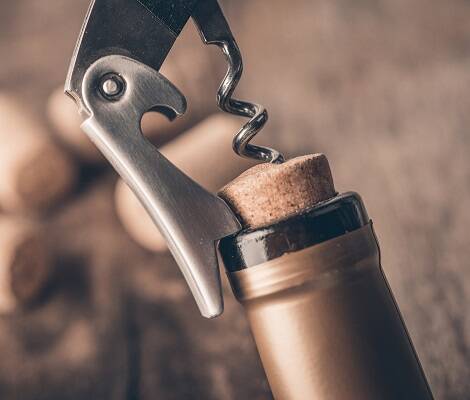
The capsule is the wrapping that covers the neck of the bottle and has the fundamental mission of guaranteeing that the wine has not been uncorked beforehand. Lead has traditionally been the most commonly used material (in the past it was sealing wax), although it has recently been replaced by other more innocuous materials such as tin or plastic to avoid its possible toxicity.
Spain is the second largest cork producer in the world after Portugal, and this is also reflected in wine stoppers. In our country, more than 90% of the most marketed wines are produced with this material, although within the cork stoppers made with cork there is a classification that would be enough for another chapter: one-piece cork, colmated, agglomerated, treated cork, etc. They are normally corks whose length can vary from 44 to 50 mm approximately. However, other synthetic materials have also proliferated for the production of wine closures, in addition to the classic "screwcaps".

In recent decades, the drive for innovation in design has reached not only labels, but also everything related to wine packaging: the shape of the bottle, capsules, packaging, boxes, gift packs, etc. In the case of labels, classicism still seems to work for the big houses with a long historical tradition. But nowadays wineries attach great importance to the design of their labels and do not hesitate to hire important national or international agencies to help them design, not only their image, but also a whole elaborate marketing strategy associated with their brand and in which even the smallest detail is considered.
We review the different formats that can be found on the market and how they affect the wine
Cava, whose identity revolves exclusively around wines with secondary fermentation in bottle, is still in the midst of a process of change in favour of zoning and segmentation
At Peñín we are already focusing on the 2025 Guide, which begins its tasting tour this January to reach October with the most complete Guide to Spanish wines in the world.